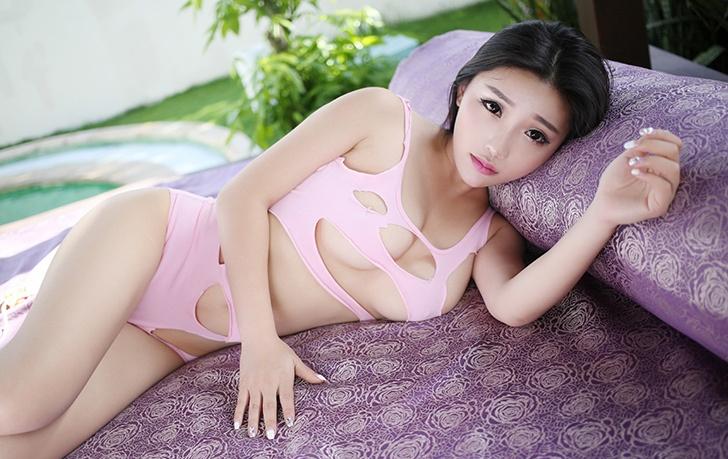Massage techniques and practices have developed independently in the East and West, resulting in some notable differences in their approach and methodology. While it’s important to note that there is significant diversity within both Eastern and Western massage traditions, here are some general points of comparison and contrast:

Philosophical Background:
East: Eastern massage techniques, such as those derived from Traditional Chinese Medicine (TCM) and Ayurveda, are rooted in holistic philosophies. They focus on restoring the balance of qi or energy flow within the body and aim to treat the body, mind, and spirit as interconnected entities.
West: Western massage techniques often draw from anatomical and physiological principles. They tend to focus on the physical aspects of the body, aiming to relieve muscle tension, improve circulation, and promote relaxation.
Techniques and Approach:
East: Eastern massage techniques, such as Tui Na (China), Shiatsu (Japan), and Thai massage, involve a combination of rhythmic compressions, stretches, joint mobilizations, and acupressure. These techniques often target specific energy meridians or channels in the body.
West: Western massage techniques, such as Swedish massage, deep tissue massage, and sports massage, primarily utilize strokes such as effleurage, petrissage, and friction. These techniques typically focus on muscle manipulation, using techniques like kneading, tapping, and rubbing.
Treatment Goals:
East: Eastern massage aims to promote the flow of energy, relieve blockages, and restore balance within the body. It often focuses on treating specific conditions or imbalances and may incorporate principles like yin and yang or the five elements.
West: Western massage typically aims to reduce muscle tension, improve flexibility, relieve pain, and promote relaxation. It is commonly used for stress reduction, injury rehabilitation, and general well-being.
Client’s Role:
East: In Eastern massage, the client is often passive and receives the treatment from the therapist. The therapist takes the lead in directing the session, applying specific techniques based on the client’s condition and needs.
West: Western massage often involves active participation from the client, who may communicate preferences, provide feedback, and assist the therapist in targeting specific areas or adjusting pressure.
Oil and Clothing:
East: Eastern massage techniques are typically performed on clothed clients without the use of oils. Loose, comfortable clothing is often recommended to facilitate movement and stretching during the session.
West: Western tantric massage techniques are frequently performed on unclothed or partially unclothed clients with the use of oils or lotions. The application of oils helps reduce friction and allows for smoother strokes.
It’s important to remember that these comparisons are generalizations, and there can be significant variation within each tradition. Over time, with globalization and increased cross-cultural exchange, some blending and integration of techniques from the East and West have also occurred, leading to the emergence of hybrid massage styles.